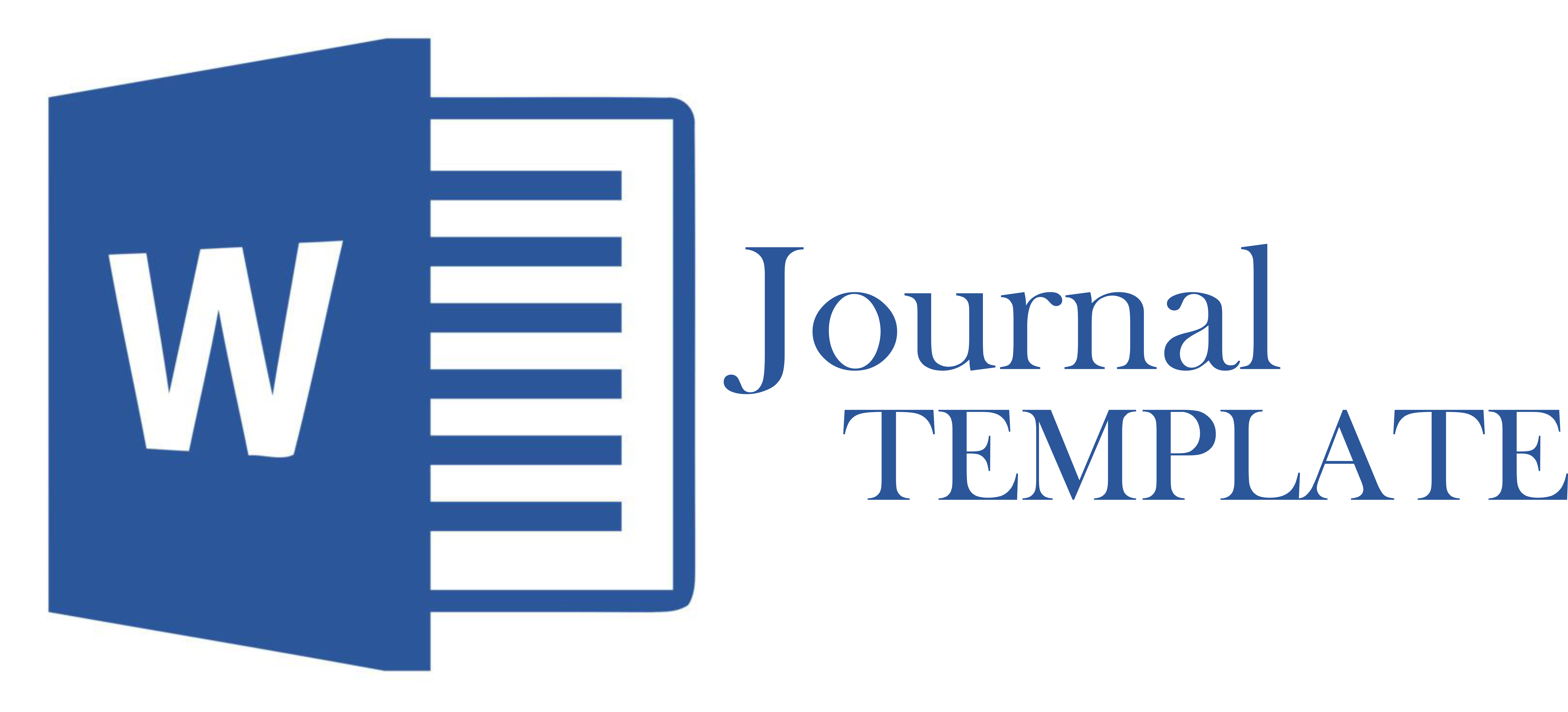Tour De Singkarak, West Sumatra Event Sustainable Marketing and Tourism
Abstract
Tour De Singkarak is the name of an international bicycle race competition held by the government of West Sumatra Province since 2009 ago. The event was held as one of the West Sumatra government efforts to promote tourism and attract tourist visits. The central government through the Ministry of Tourism and Creative Economy supports the implementation of this grand event. Every year the number of participants and countries participating in this event increases. One of them is influenced by the increasing nominal prize that can be accepted by the participants. The implementation of TDS events cost not a little, in 2013 the TDS budget reached 4.5 billion Rupiahs.
The TDS event was held in West Sumatra to show the world about the tourism potential of West Sumatra. West Sumatra has diverse natural tourism potentials, some of which are part of TDS, among others: Lake Singkarak, Equatorial Bonjol Monument, Harau Valley, Rajo Baso Palace (Pagaruyung), Maninjau Lake (kelok 44), Jam Gadang, Padang Pariaman Beach, Lake Kandis, Lake Kembar, and Beaches on Pesisir Selatan. Most of the TDS stages pass through tourist attractions with extraordinary beauty.
Until the last event in 2013, the TDS event had not been considered to provide a continuous contribution to the 3 main aspects, economic, social and environmental in West Sumatra. It is undeniable that this event increases the attractiveness of tourism in West Sumatra in the eyes of the International, but this acquisition is not sustainable and cannot meet the requirements of sustainability. Attractive packaging must be supported by the best quality, TDS events with the international level are expected to be able to provide long-term impact on economic, social and environmental factors.
References
[2] Fandeli, Chafid. 2001. Dasar-dasar Manajemen Kepariwisataan Alam. (Editorial). Yogyakarta: Liberty
[3] Fandy Tjiptono, 2006, Manajemen Pelayanan Jasa, Penerbit Andi, Yogyakarta
[4] Kotler, Philip dan Gary Amstrong. (2004). Dasar-dasar Pemasaran. Jilid 2. PT. Indeks, Jakarta.
[5] Kotler, Philip dan Keller, Kevin Lane. (2009). Manajemen Pemasaran. 12th Edition Jilid 1. PT. Indeks, Jakarta.
[6] Muta’ali, Luthfi. 2003. Teknik Penyusunan Rencana Strategis Dalam Pembangunan Wilayah. Yogyakarta: Fakultas Geografi UGM.
[7] Pearce dan Robinson, 2007, Manajemen Strategi, Salemba Empat, Jakarta.
[8] Pendit, Nyoman S. Ilmu Pariwisata Sebuah Pengantar Perdana. Jakarta: 1994.
[9] Purwanto, Iwan 2008, Manajemen Strategi, Bandung: Yrama Widya
[10] Rangkuti, Freddy, 2005. Analisa SWOT Teknik Membedah Kasus Bisnis. Jakarta: PT.Gramedia Pustaka
[11] TIME Magazine, 2006, Special Report Global Warming, April 3, 2006, p. 23-37.
[12] Tjahjono, Hari. Jurnal forum ilmu social, vol. 37 no 2 Desember 2010: Analisis Potensi Dan Masalah Pariwisata Di Kelurahan Kandri.
[13] Undang-Undang No. 10 Tahun 2009, Pasal 1 ayat 10, tentang Kepariwisataan.
[14] United Nation Development Programme (UNDP), 2002, Human Development Report 2002 – Deepening Democracy in a Fragmented World, Oxford, New York
[15] World Resource Institute (WRI), 2000, World Resources 2000-2001: People and Ecosystems – The Fraying Web of Life, Washington D.C.
[16] http://www.antaranews.com/berita/368581/padang-alokasikan-rp600-juta-untuk-tour-
de-singkarak. Editor: Unggul Tri Ratomo.






